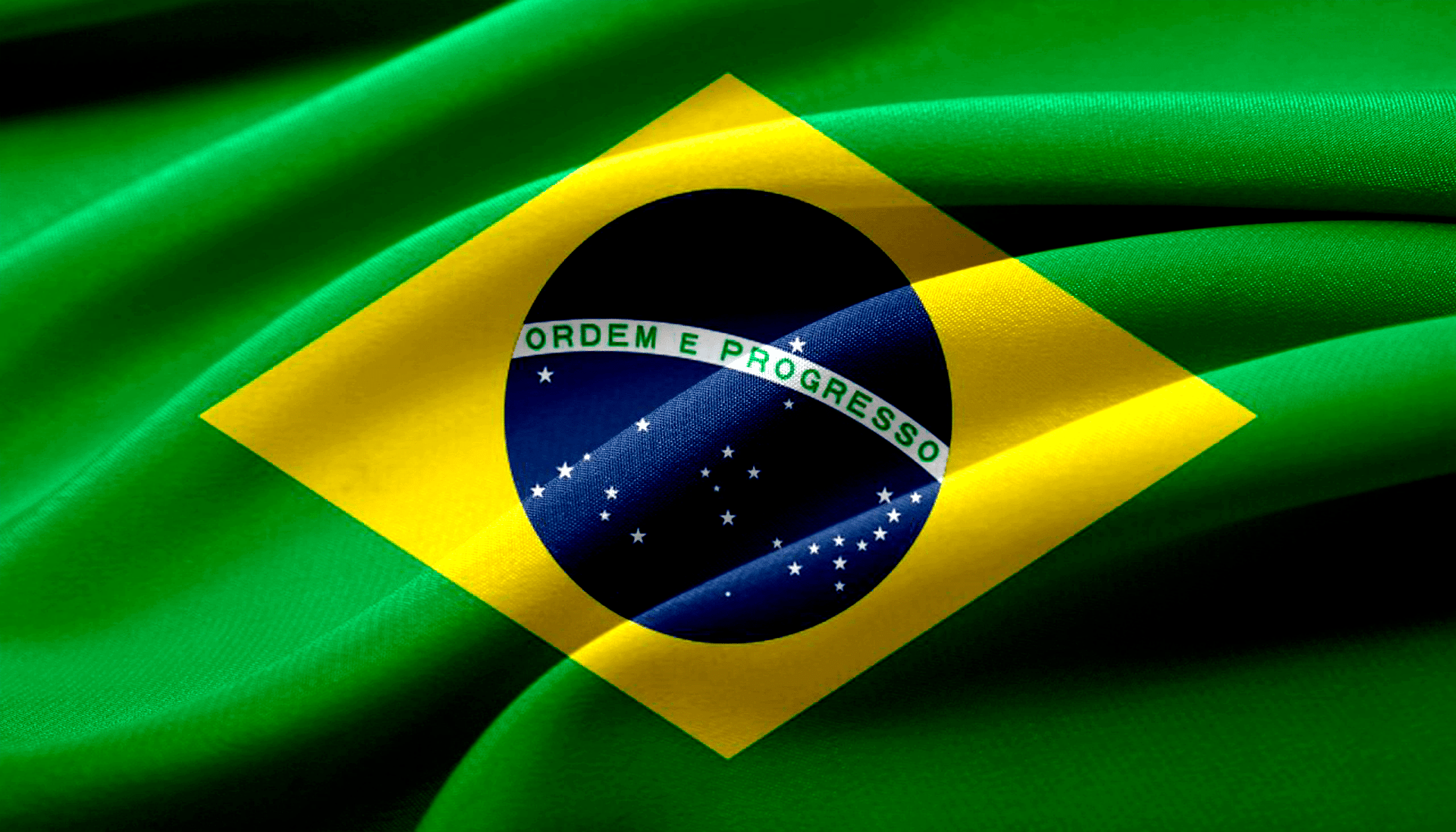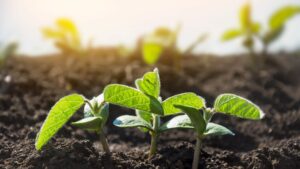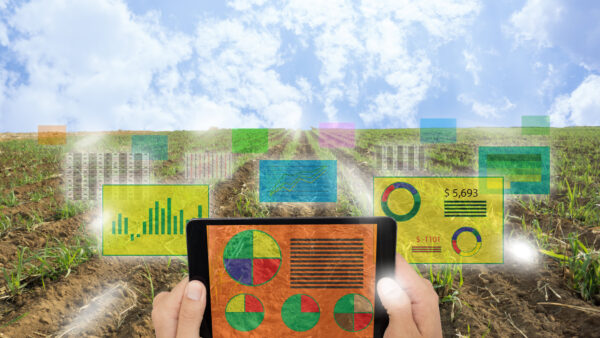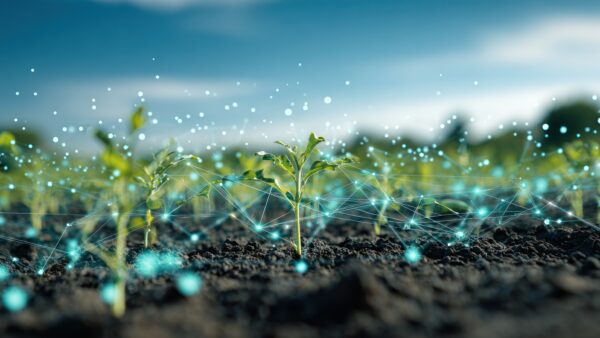Brazil continues to firm up its position as an agricultural powerhouse in South America.
There are a number of countries revving to be known as the “powerhouse” of agriculture. Though the immediate ones to come to mind might be the U.S., China and India, one close competitor comes from the south: Brazil.
Brazil, the fifth largest country on earth in area and population, as well as the largest in terms of arable land, is one of the top four agriculture producers globally according to Investopedia. But, Brazil isn’t stopping there — it’s among the few countries with the potential to increase agricultural productivity.
This growth was observed in 2019 by Ken Research, which wrote a report called ‘Brazil Seed Market Outlook to 2023’ stating that the drive was due to increased levels of production and exporting of crops such as soybean, sugarcane, wheat and corn.
“In addition to that, technological advancement and improved seeds have played a key role in increasing productivity and agricultural development,” the report said. “In Brazil, a dynamic seed industry is evident with the participation of both private and state sectors in R&D through the Brazilian Agricultural Research Corporation (EMBRAPA).”
That growth has continued since 2019, thanks to hard work from growers and the seed sector. The U.S. Department of Agriculture (USDA) Foreign Agriculture Service notes that Brazil ranks among the top 12 largest economies in the world, with its GDP estimated at U.S.$1.65 trillion in 2021.
Since the 1970s and the foundation of the EMBRAPA, Brazil has heavily invested in agricultural research and technology. The USDA says that they were spurred by overall high commodity prices, improved crop management, high-quality seeds and biotechnology advances — and the country was able to increase production significantly without greatly expanding land use. Over the past 20 years, grain yields have increased roughly by 50%.
In its 851 million hectares of land, 85 million hectares are in crop production, while roughly 180 million hectares is used in pastures. And a majority of the land? Brazil has 556 million hectares dedicated to native forests, indigenous reservations, national reserves, protected areas and national parks, while only 3.5% of the country represents urban areas, the USDA says.
But, since 2002, the agriculture sector has expanded hugely in Brazil. According to the USDA with statistics from the Trade Data Monitor, bulk agro-food products (i.e. oilseeds, grains, cotton) grew 11.5% from 2002 to 2021 — and in recent years, the growth of exports of processed products (i.e. fresh, chilled and prepared meats, dairy products, and processed fruit and vegetables) has accelerated to nearly 10% annual growth, and the sector now accounts for 32% of agro-food exports compared with 44% of bulk commodities.
Along with the establishment of rapid growth of Brazil’s agricultural sector in the 1970s came the establishment of the Brazilian Seed and Seedlings Association, or ABRASEM, in 1972. The organization brings together state seed producer associations, representative entities and companies around the seed sector in Brazil to encourage research, production, multiplication, processing, storage and marketing to create a strong and active institutional representation.
Since its creation, ABRASEM has worked to bring value to the Brazilian seed sector by advocating and focusing on four specific areas:
- Protection of intellectual property.
- Regulatory issues affecting the seed industry.
- Development and availability of new technology.
- Communication and education.
Make sure to flip over to read more about how Brazil’s market is expanding, particularly in the realm of soybeans, to become a major agricultural powerhouse.











